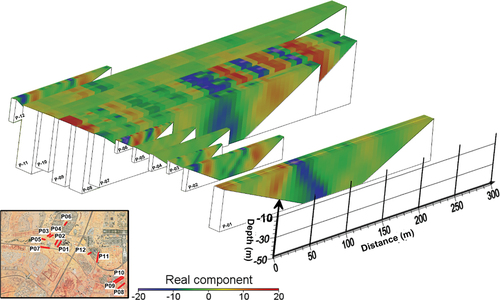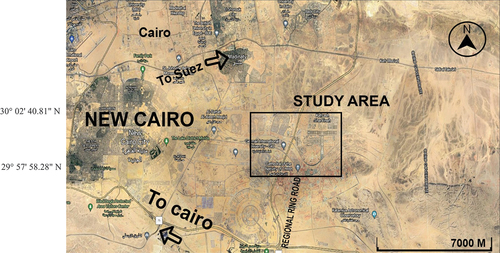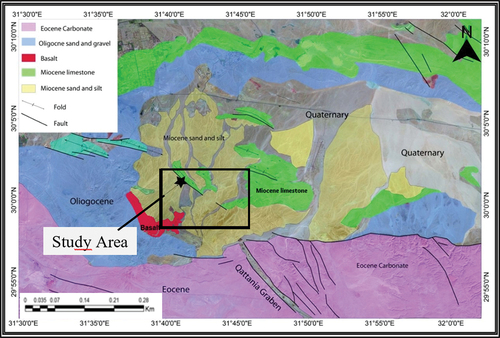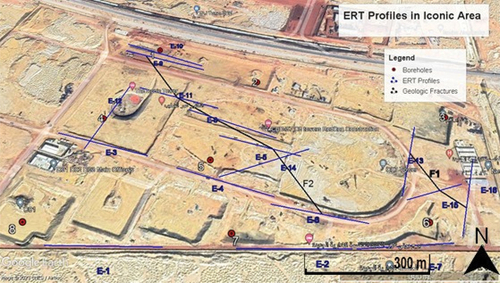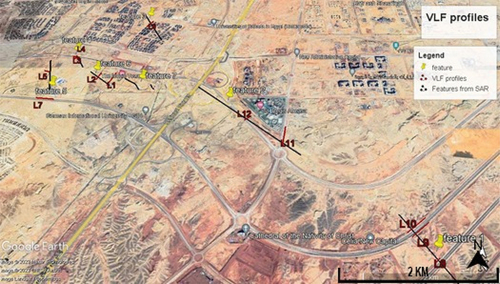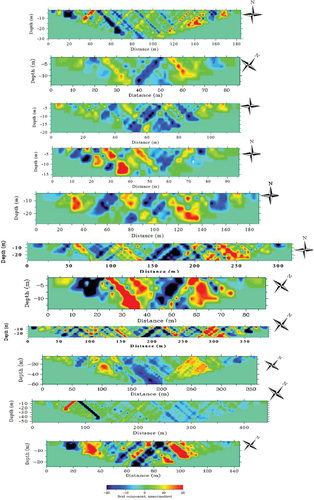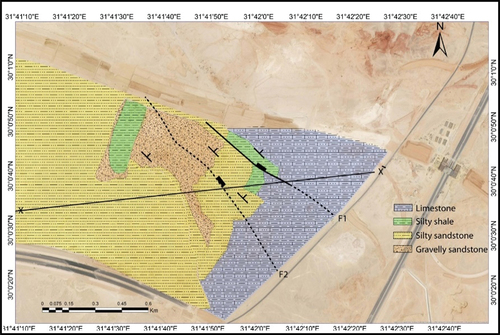Figures & data
Figure 3. Generalized stratigraphic column of the study area (modified after Moustafa and Abd‐Allah Citation1991).
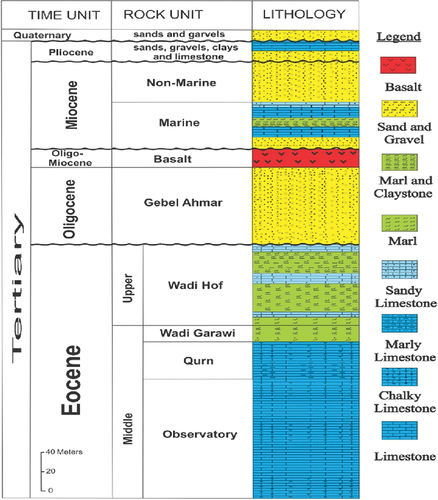
Figure 5. Subdivision of the subsurface into rectangular blocks to interpret the data from 2-D imaging survey using different algorithms.
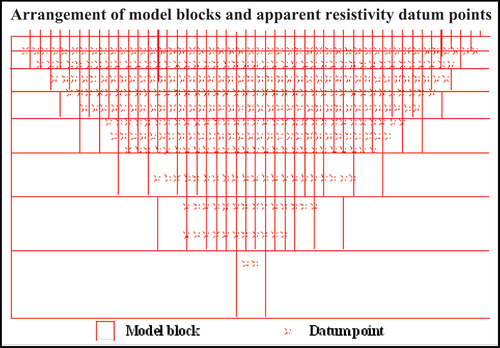
Figure 11. Electrical resistivity tomography of profile no. 13 (above), geological cross section that is correlated with ERT profile (below).
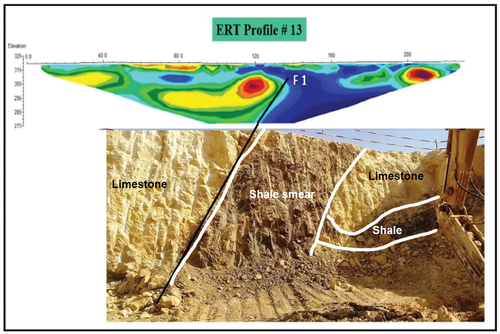
Figure 15. Plot showing the current density cross section along profile 1 for observed data, the Fraser filter, and the tilt angle, representing the real component of the VLF data.
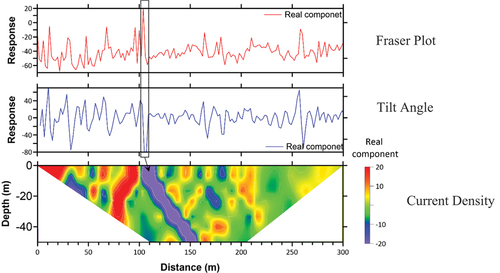
Figure 17. The aggregation of all of the cross-sections in the research region that were produced from the K-H filter, which represents the real component of the VLF data. The cross sections are not displayed in the right locations, which are represented on the associated Google earth map.
